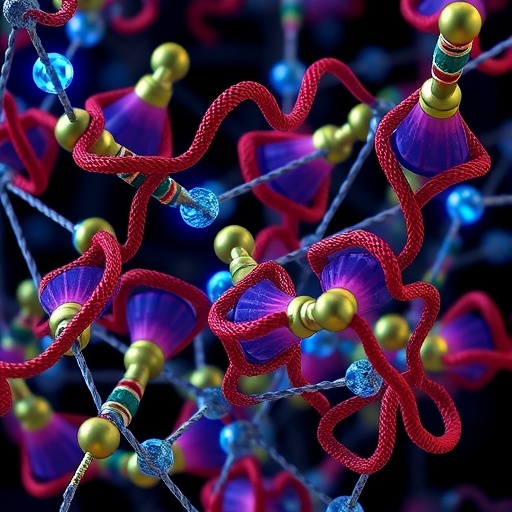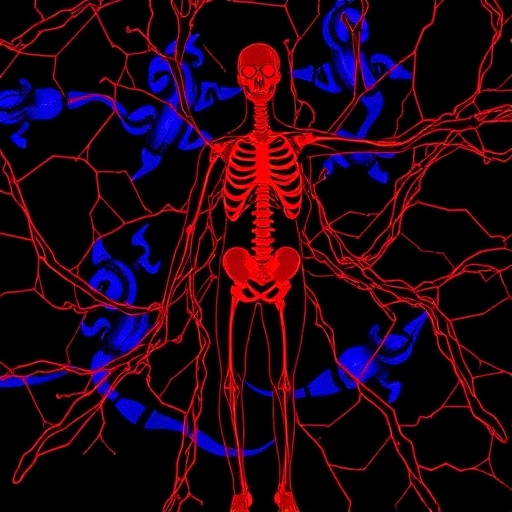
In recent years, the quest for efficient beta-cell replacement therapies has surged to the forefront of regenerative medicine, paralleling advancements in bioengineering. The human pancreas, tasked with insulin production, plays a crucial role in glucose metabolism, and the dysfunction or absence of insulin-producing beta cells is a hallmark of diabetes. This condition not only affects millions of individuals globally but also poses significant healthcare challenges. As such, innovative bioengineering strategies are being explored, garnering considerable interest in the scientific community.
Bioengineering approaches encompass a wide array of techniques, ranging from stem cell therapy to tissue engineering, aimed at creating functional beta cells from various progenitor cells. Researchers are harnessing the potential of pluripotent stem cells due to their ability to differentiate into almost any cell type, including mature beta cells capable of insulin secretion. This remarkable capability holds the promise of generating an unlimited supply of cells to combat the growing diabetes epidemic, particularly Type 1 diabetes, which devastates the beta-cell population.
The differentiation process from pluripotent stem cells to functional beta cells involves intricate protocols that mimic embryonic development. Researchers have ingeniously employed a series of growth factors and signaling molecules that nudge these stem cells into becoming insulin-producing cells. These induced beta cells have shown promise in preclinical models, indicating their functionality in glucose-stimulated insulin secretion. However, challenges such as ensuring the long-term viability and functionality of these cells post-transplant remain a focus of ongoing investigation.
Another significant aspect of beta-cell replacement focuses on the engineering of biomaterials. Scaffolds designed to support cell growth are critical in optimizing the microenvironment for cell functionality and survival. Utilizing biocompatible materials, researchers engineer three-dimensional structures that can not only provide architectural support but also promote cell interactions necessary for insulin production. These scaffolds can be further modified to deliver growth factors, enhancing the differentiation and maturation of beta cells within the engineered constructs.
One of the most intriguing areas of exploration involves the use of encapsulation techniques for beta-cell delivery. Encapsulating beta cells in semi-permeable membranes allows for the protection of these cells from immune attack while still permitting the exchange of nutrients and insulin with the surrounding environment. This innovative approach could pave the way for more successful islet cell transplants and reduce the requirement for lifelong immunosuppressive therapies that are currently mandatory in transplantation.
Progress in gene editing technologies, particularly CRISPR-Cas9, has further revolutionized the field. Researchers are delving into the potential of gene correction in stem cells, where techniques can be employed to repair genetic defects before differentiation into beta cells. This precise modification holds exceptional promise for treating monogenic forms of diabetes, such as MODY (Maturity Onset Diabetes of the Young), where specific mutations can be targeted and rectified.
The advancement of bioprinting technology is also revolutionizing the development of functional tissues for beta-cell replacement. Using 3D bioprinting, researchers are now able to precisely organize multiple cell types, mimicking the intricate architecture of the pancreatic islets. This layering creates a microenvironment conducive to cell survival, function, and regulation. While still in its nascent stages, the integration of bioprinting with beta-cell therapies is rapidly progressing, fostering hopes for a future where fully functional pancreatic grafts can be produced on demand.
Moreover, the integration of artificial intelligence (AI) and machine learning (ML) into bioengineering has transformed the speed and efficiency of beta-cell research. By analyzing vast datasets from various experiments, AI algorithms can identify patterns and correlations that human researchers might overlook, accelerating the pace at which new therapies and techniques are developed. This technology can also aid in predicting the success rates of different differentiation protocols, helping researchers focus efforts on the most promising approaches.
Collaboration across interdisciplinary fields has never been more vital as bioengineering approaches to beta-cell replacement continue to evolve. Engineers, biologists, clinicians, and data scientists are joining forces to tackle the complex challenges involved in recreating a fully functional pancreatic environment. This collaborative spirit fosters innovation, where new ideas can swiftly translate into practical applications capable of changing the landscape of diabetes treatment.
Despite the significant progress made, challenges still abound on the path to clinical application. Regulatory hurdles, long-term viability, and the potential for immune rejection remain substantial barriers. However, ongoing research and clinical trials continue to shed light on these obstacles, guiding us toward overcoming them. As a result, the future of beta-cell replacement therapy appears increasingly promising, exemplifying the power of collaboration between groundbreaking research and technology.
As we look toward the future, the ambition to regenerate and replace lost pancreatic function through these bioengineering approaches continues to inspire scientists and patients alike. With diabetes presenting an ever-growing concern for public health, the implications of successful beta-cell replacement therapies resonate beyond individual patients; they could ultimately transform the approach to managing diabetes globally. The intersection of biotechnology, regenerative medicine, and synthetic biology will likely yield remarkable contributions to the field, providing hope for millions.
The scientific community stands at a crossroads where innovation meets necessity, compelling researchers to delve deeper into the realms of bioengineering. As a result, the state of the art in beta-cell replacement is not merely a field of study; it represents a beacon of hope for those grappling with the challenges posed by diabetes. With persistent efforts and breakthroughs in methodologies, we are steering toward the day when functional insulin-producing beta cells can be routinely generated and utilized to restore normoglycemia in individuals afflicted by diabetes.
In conclusion, we find ourselves on the brink of an era where the restoration of pancreatic function may no longer be a distant dream but rather an achievable reality. With the monumental strides made in bioengineering approaches to beta-cell replacement, we are witnessing a paradigm shift in diabetes management. This exciting domain is bound to evolve further, revealing innovative techniques and breakthroughs that will alter the treatment landscape for diabetes as we know it.
Subject of Research: Bioengineering Approaches in Beta-Cell Replacement
Article Title: State of the Art of Bioengineering Approaches in Beta-Cell Replacement
Article References:
Miller, J., Perrier, Q., Rengaraj, A. et al. State of the Art of Bioengineering Approaches in Beta-Cell Replacement.
Curr Transpl Rep 12, 17 (2025). https://doi.org/10.1007/s40472-025-00470-y
Image Credits: AI Generated
DOI: https://doi.org/10.1007/s40472-025-00470-y
Keywords: beta-cell replacement, bioengineering, regenerative medicine, pluripotent stem cells, gene editing, bioprinting, diabetes therapy.
Tags: beta-cell replacement therapiesbioengineering advancements for diabetes treatmentglucose metabolism and insulin productiongrowth factors in cell differentiationhealthcare challenges of diabetesinsulin-producing cell differentiationpluripotent stem cells for diabetesregenerative medicine innovationssignaling molecules in bioengineeringstem cell therapy in regenerative medicinetissue engineering for beta cellsType 1 diabetes research




